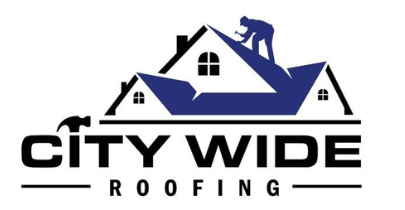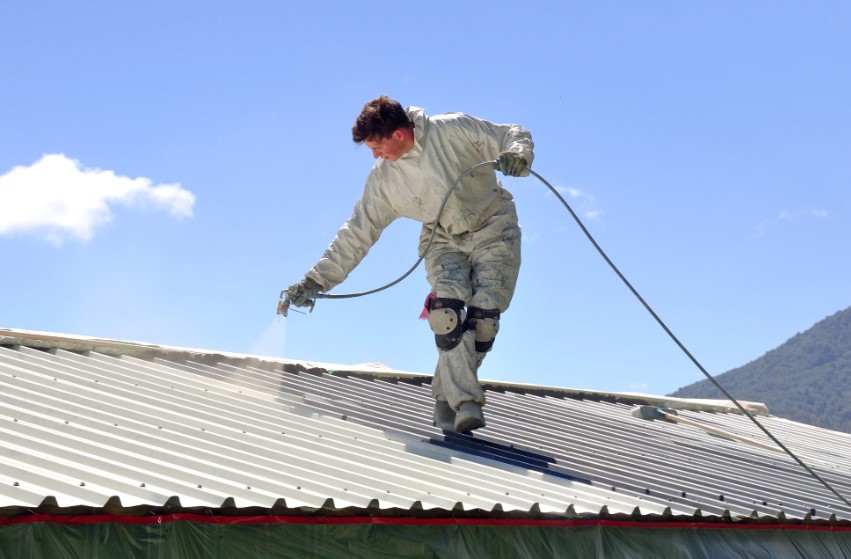In ‘Cool Choices: Exploring Materials for an Energy-Efficient Cool Roof’, we delve into the scientific principles and innovative materials that contribute to the efficacy of cool roofs.
This comprehensive exploration provides detailed insights into how these roofs contribute to energy conservation, thus promoting sustainable living.
We examine an array of materials, scrutinizing their energy-efficient attributes and potential applications in construction.
Designed for an audience that values belonging to an environmentally conscious community, this discourse offers a thorough understanding of the choices available for those who wish to make an informed decision about cool roofs.
Understanding the Science Behind Cool Roofs
To delve into the science behind cool roofs, it is essential to first understand the basic principle of solar reflectance and thermal emissivity.
Solar reflectance is the ability of a material to reflect sunlight, including the visible, infrared, and ultraviolet wavelengths, back into the atmosphere. A higher reflectance translates into less heat being absorbed by the roof.
On the other hand, thermal emissivity is the measure of a roof’s ability to radiate absorbed heat. A material with high thermal emissivity can better release absorbed heat, thereby reducing the temperature of the roof surface.
These two properties, working in tandem, are the key factors that make a roof ‘cool’. Understanding these principles is crucial to selecting the right materials for an energy-efficient cool roof.
Top Energy-Efficient Roofing Materials
Several materials have emerged as top contenders in the realm of energy-efficient roofing. Each material offers distinct advantages in terms of solar reflectance and thermal emissivity.
First, metal roofs are highly reflective and emit a large portion of absorbed heat. This reduces cooling costs and helps to maintain a comfortable indoor temperature.
Second, tile roofs, especially light-colored ones, provide excellent thermal mass. This is beneficial for climates with day/night temperature swings, as the tiles can absorb heat during the day and release it at night, helping to regulate indoor temperatures.
Green roofs, which are covered with vegetation, provide insulation and have several environmental benefits. They can absorb rainwater, reducing runoff, and help to lower urban heat islands by providing shade and evaporative cooling.
Cool asphalt shingles are a newer option that combines traditional appeal with reflective granules. These granules bounce back solar energy, reducing heat absorption and keeping the roof cooler.
Lastly, single-ply membranes, typically used on flat roofs, come with reflective surfaces. These membranes help to reflect solar energy and reduce heat absorption.
The selection of energy-efficient roofing materials is wide, allowing for varied needs and contexts. Each material offers its own unique advantages, allowing homeowners and builders to choose the best option for their specific situation.
Conclusion
In conclusion, the exploration of energy-efficient roofing materials reveals a profound potential for environmental conservation.
Much like the leaves of a tree provide shade and coolness, so do cool roofs offer a refuge from the sun’s intensity.
The strategic choice of roofing materials, akin to the tree choosing its leaves, can significantly influence energy consumption, underscoring the importance of informed decisions in this realm.
Thus, the quest for sustainable living spaces continues, mirroring nature’s wisdom in our architectural endeavors.


